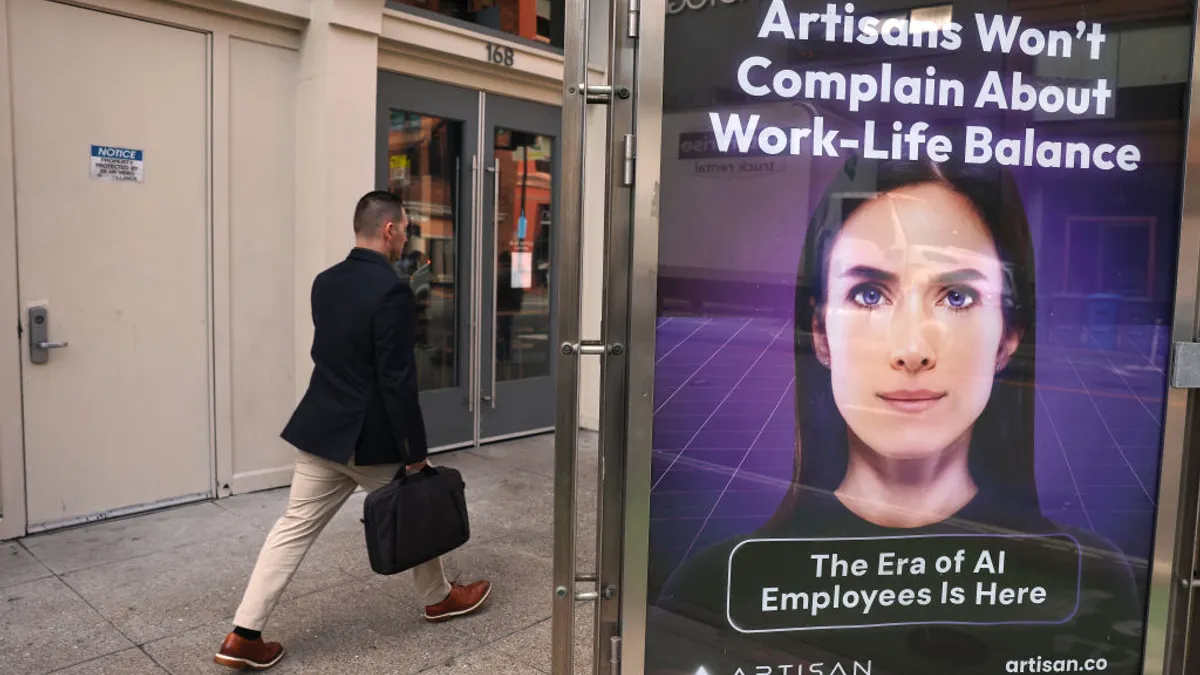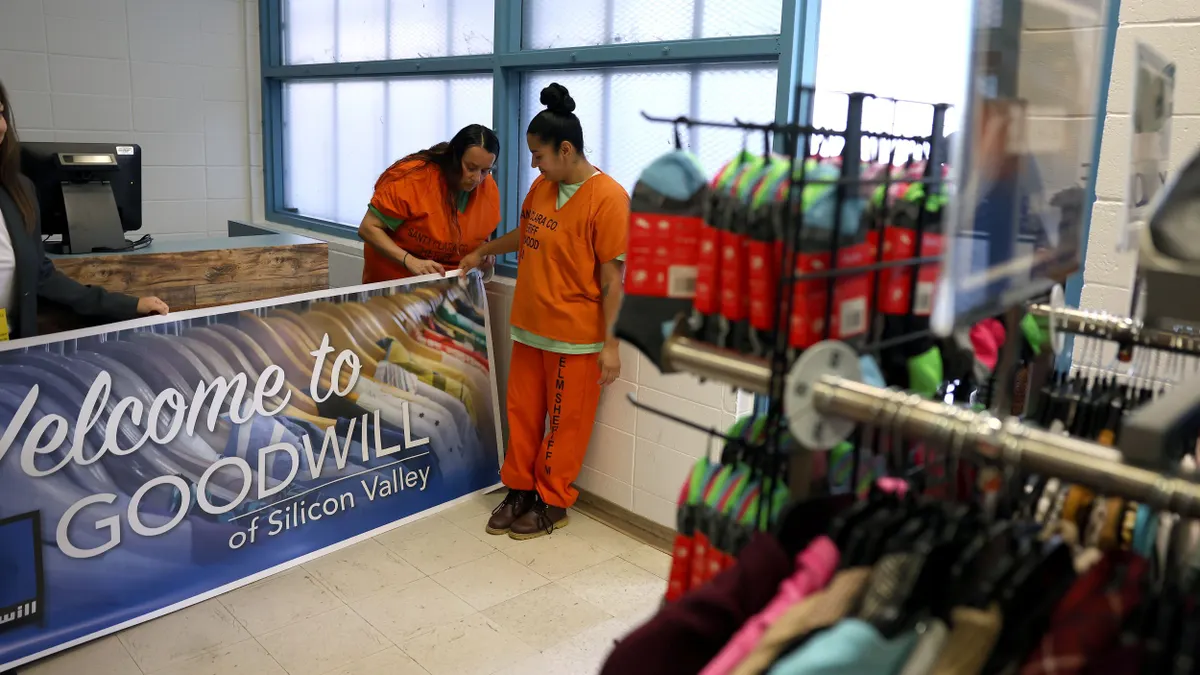It's a turbulent time to be a learning professional, sources told HR Dive.
As parent employees grapple with school closures due to omicron variant outbreaks, and workers deal with pressures inherent to losing co-workers to the Great Resignation, L&D may find itself in a mire, surrounded by competing needs and expectations.
"People are just whipped," Ben Granger, head of EX advisory services at Qualtrics, told HR Dive. "They're tired of the uncertainty. Companies are trying to respond to a lot of this by adding more stuff."
Employers are adding learning benefits for a reason: to keep workers on board as their peers leave in droves, especially those in low-wage jobs with high worker populations, like retail and hospitality. Employees say they want learning opportunities at work; surveys have shown that tech workers, for example, want more training from their employers. Companies like Kohl's, Target and Walmart have stepped up to offer no-cost degree programs to their hourly workers.
But poorly implemented programs can feel like just another task for employees already struggling under an "overarching cloud of fatigue," Cat Ward, managing director of JFFLabs, told HR Dive.
"[Companies] who are most successful I think are the ones who are going to be able to associate learning with genuine opportunity and advancement," Ward said. But learning for learning's sake? It "may not be the time for that."
L&D is in great demand and is "central to the business cross-functionally," Linda Cai, VP of Talent Development at LinkedIn, said in an email. Learning leaders are part of organizational futureproofing and often the "main source of support for managers and teams to onboard remotely and work effectively in a hybrid environment," Cai said.
But notably, the "pressure is certainly on" for learning leaders to push beyond their original scope, Cai added. So what can employers do to ensure L&D remains a reason for employees to stay on board, rather than run for the hills?
Make it pull, not push
The "traditional" learning program style, in which employees are pushed to sit in an additional class on top of their usual duties, has been falling out of favor for some time. The pressures of the pandemic have only clarified why that philosophy has shifted, sources said.
"One thing I've seen some of our customers pivot toward, especially for reskilling, is making it more pull versus push in nature," Granger said. "Do people really want to go through a company-wide training … after all these Zoom calls?"
Instead, employers have designed training so that it "doesn't feel like training," Granger noted. Employees can grab the info when and where they need it and be trained on it in the moment. Making training "digestible" is a huge part of the shift to microlearning, Kay Green of Edesign Consulting told HR Dive.
"Now it's the time for everyone in this realm to understand that we have to translate and transfer and reimagine what learning should look like," Green said, "and we have to do it at a rapid pace."
Microlearning splits learning into chunks small enough to be absorbed by a learner throughout their day, Green said, and often involves different models, including game-like aspects, quizzes and bite-sized videos. Employers can make this available in such a way that employees don't feel burdened by extra weight and instead feel they have a resource they can use.
"It's kind of like a bookshelf in your office," Granger said. "You know where your bookshelf is. You don't know everything that's in there, but you know what's in there and you can find what you need."
Show purpose
As employee burnout surges, workers are using what time they have to ensure their learning is in service of a specific career goal, Cai said, especially since workloads have not changed.
In other words? "No one's said, 'lower your quota, so you can go do all this other stuff,'" Granger said.
To keep workers engaged, employers need to articulate the connection between learning and wage gain, Ward said. Programs that take place outside the work schedule "can feel like a lot to take on right now."
Employers could have the biggest success when employees have both space and time to learn while being paid, he said. Part of that challenge may include finding ways to acknowledge the skills workers are building on the job and give those skills value on the market. Credentials have emerged as one potential solution for this, though transparency on the issue is one of its bigger challenges, past research has noted.
Workers do want opportunities to learn and grow, Cai said, and LinkedIn data — both in reports and anecdotally — has shown that career development opportunities are the No. 1 driver of strong cultures.
"Last October, we organized 'Career Month,' a month-long series of events and learning activities centered around career development that was well received by employees," Cai said. "In a recent survey, their answers to the question 'do you see yourself realizing your career goals in your next two-years at LinkedIn' jumped by a whopping 8 percentage points."
Take a step back
Learning leaders may be able to create a cache of good will by simply stepping back for a moment, sources said. Some minor slack on expectations can go a long way in this environment, Ward said. "I genuinely think for leaders right now it's about easing back a little bit," she continued.
"Now is not the time to push, push, push harder. Anything that you do ask of people or offer to people should be directly tied to a benefit they are going to see and feel."






















